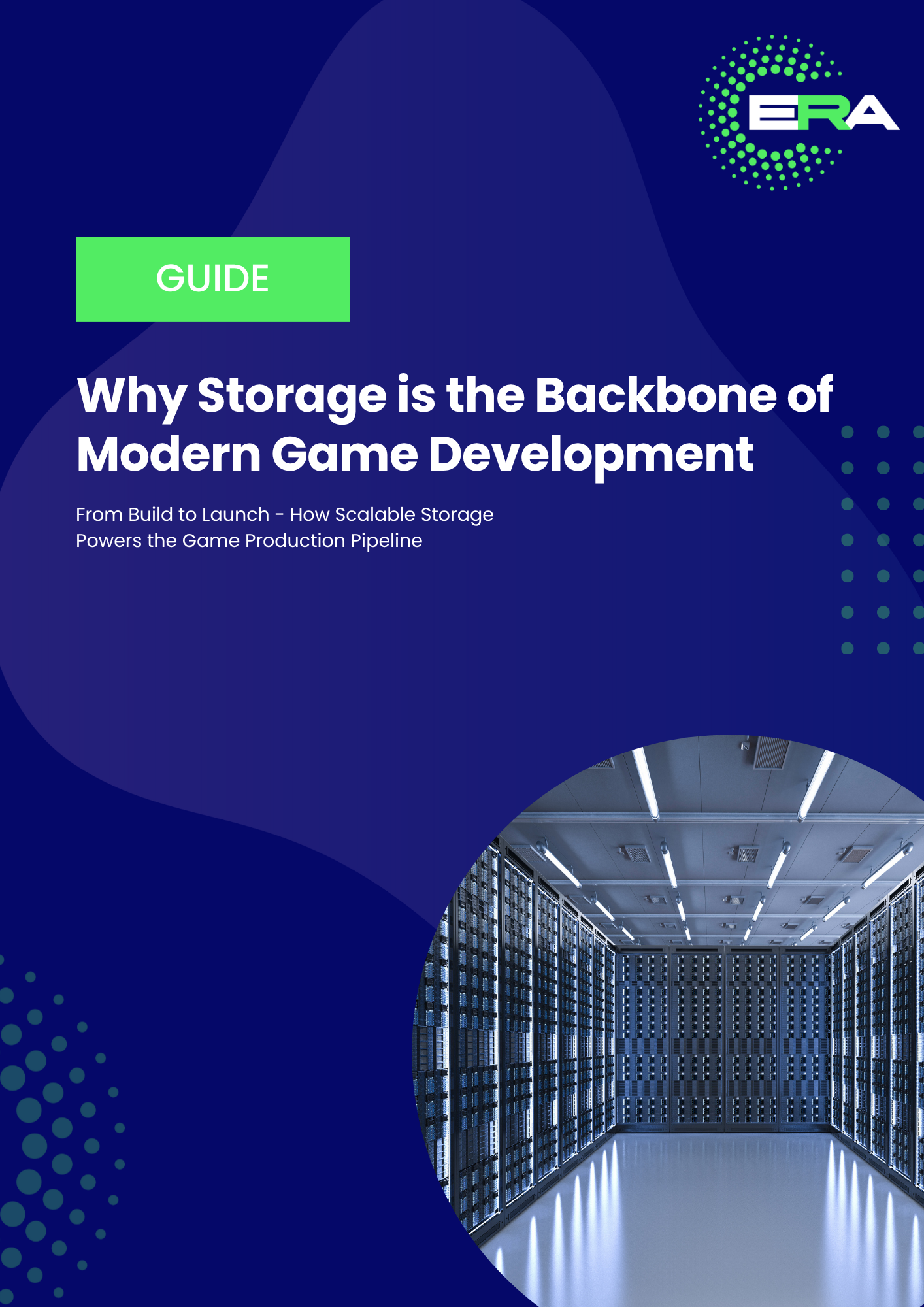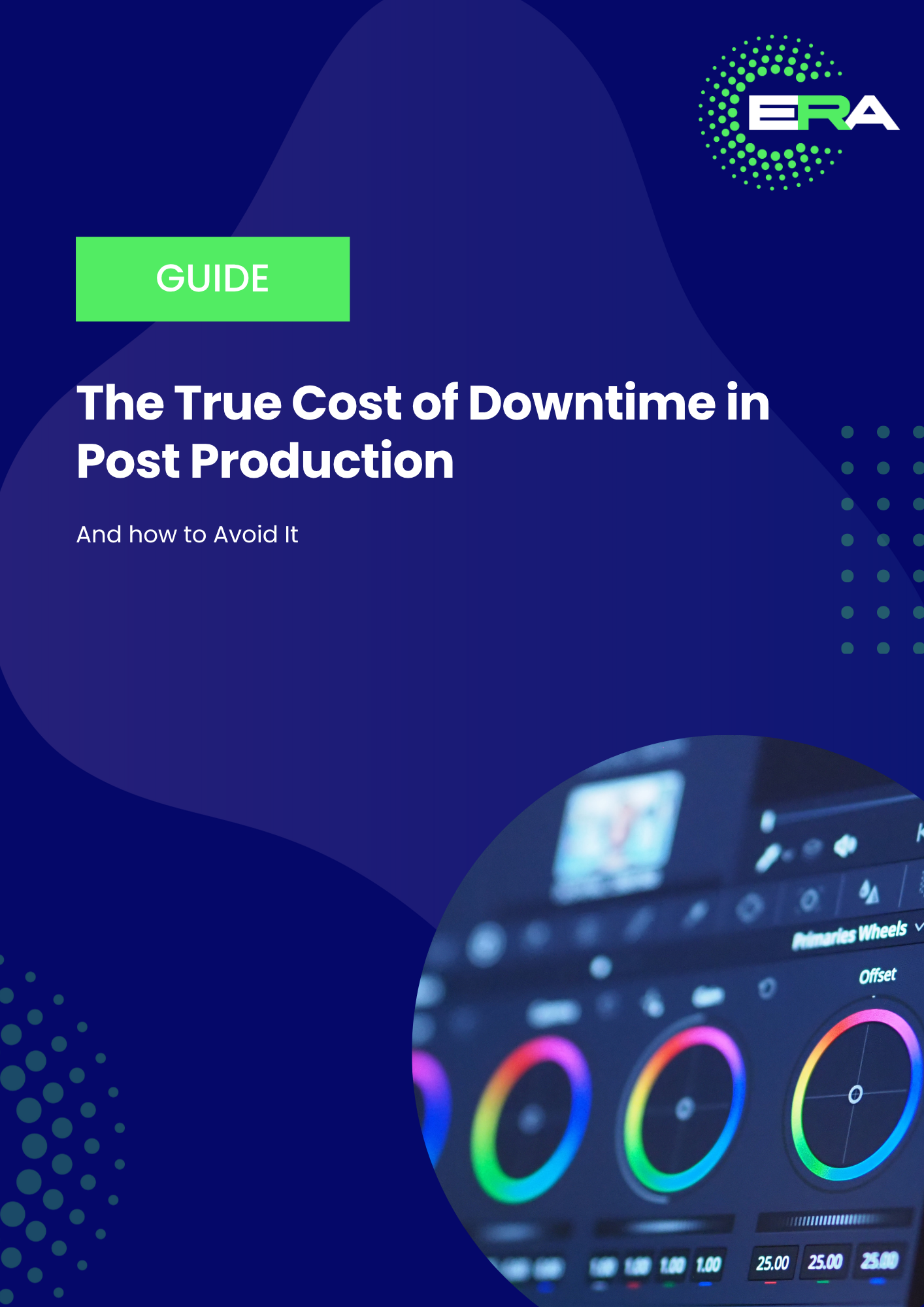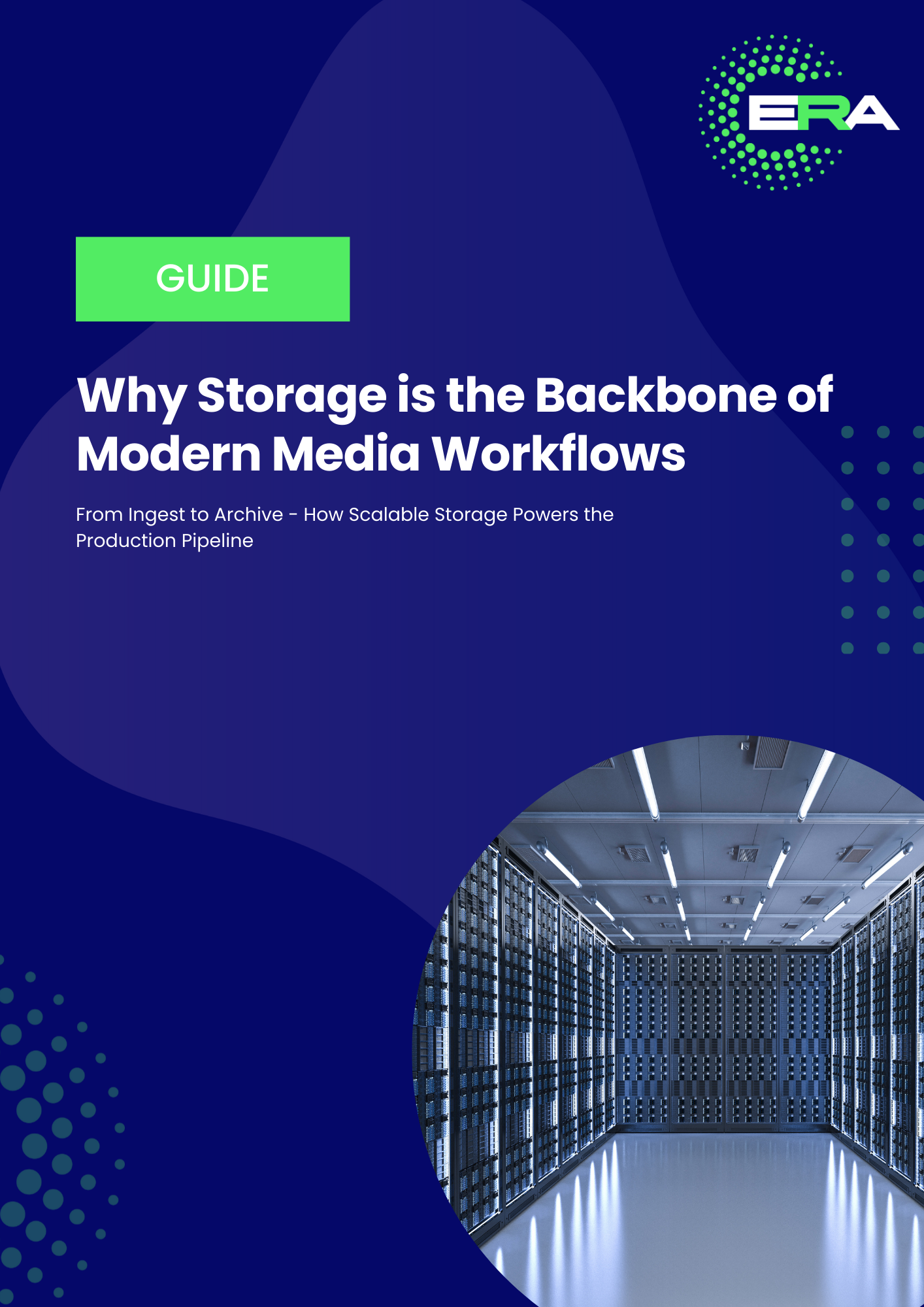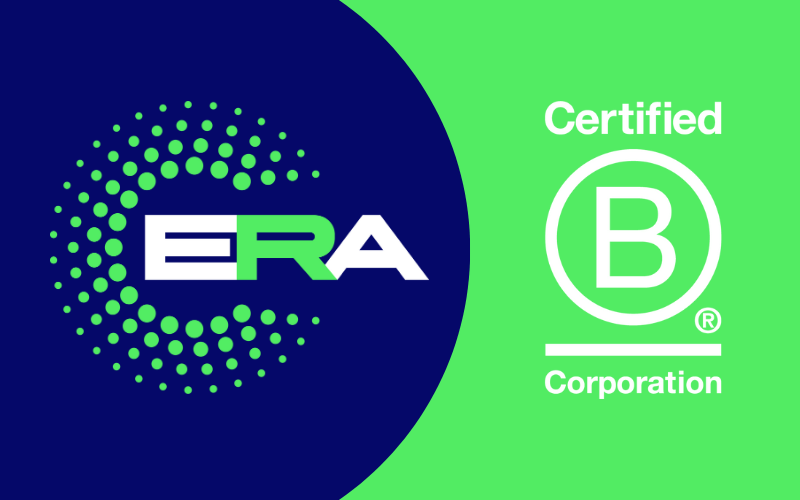From Build to Launch – How Scalable Storage Powers the Game Production Pipeline
As games become larger, more complex and increasingly connected, having the right infrastructure in place is essential to staying competitive. From indie studios to AAA developers, modern teams rely on powerful cloud infrastructure to build, test and deploy their games efficiently.
And at the heart of every phase of that process lies one crucial component: storage.
Whether you’re handling massive game builds, collaborating with developers across multiple studios, or deploying updates to live servers, storage isn’t just a technical necessity – it’s the backbone that keeps your development pipeline running smoothly.
In our work with game developers and studios, we’ve learned that while tools and engines evolve, storage is the unsung hero behind every successful build, every smooth deployment, and every seamless player experience.

Build Ingest: The Starting Point of Every Game
Every great game starts with data – and lots of it. From source files and art assets to early prototypes and environment textures, the game pipeline generates terabytes of information. As teams push frequent builds and patches, storage must be ready to handle this constant influx without bottlenecks.
Scalable on-demand storage ensures that every new build, asset and version is captured securely, easily accessible for QA testing and quickly retrievable for development and debugging. Without reliable storage at ingest, build times slow and production timelines falter before the first playable demo even launches.
Real-Time Collaboration Demands Real-Time Access
With distributed teams now the norm, studios rely on cloud infrastructure to keep developers, designers and QA testers connected. Remote workstations, like those available through our IaaS platform depend on high-performance shared storage to make global collaboration seamless.
Storage must offer low-latency, high-throughput performance that can keep up with heavy workloads, large builds and simultaneous access from multiple users. Whether it’s environment design, character animation or QA testing, every stage of the development process depends on fluid, fast access to data.
Build & Test Acceleration: The Need for Speed Meets Scalable Storage
Few parts of game development are more storage-intensive than build and test cycles. When deadlines approach or updates need to be pushed quickly, teams often spin up massive compute and render resources to compile and test faster.
But even the most powerful infrastructure can’t perform without equally fast, scalable storage. Our IaaS platform pairs high-performance GPU and CPU compute with ultra-fast object and block storage so studios can reduce build times, accelerate QA testing and deliver patches and releases faster.
Versioning, Revision and the Chaos of Iteration
Game development is iterative by nature. Developers create thousands of versions of assets, builds and environments, all of which need to be tracked, backed up and accessible at any moment.
Storage systems that can manage complex directory structures, integrate with source control systems, and provide version control are critical to maintaining order and productivity. Ultimately, intelligent storage makes creative agility possible.
Security: Protecting Game Assets and IP
Game builds and source code are among a studio’s most valuable assets and some of the most vulnerable. Hacks, leaks and data breaches can lead to huge financial and reputational damage.
That’s why secure, encrypted, and redundant storage is a non-negotiable part of any modern game infrastructure. Our hosted storage solutions use enterprise-grade encryption, role-based access control and geographically diverse redundancy to protect valuable IP at every stage of the workflow – from pre-production to post-launch.
Archive: Preserving Assets for the Future
Once a game ships, the story doesn’t end – it evolves. Long-term asset preservation enables studios to re-release, remaster or repurpose content for new platforms or sequels.
With intelligent tiering and metadata-rich archives, developers can retain valuable assets securely while keeping them easily retrievable for future projects.
Why It All Comes Back to Storage
Modern game development is powered by cloud-native workflows, distributed teams and scalable infrastructure and storage is the thread that connects it all.
At ERA, we’ve built our IaaS platform to meet the demands of today’s gaming studios combining scalable storage, hosted workstations and high-performance compute to support every stage of the production cycle, from initial build to post-launch support.
If your development pipeline is cloud-powered, your storage strategy isn’t just important – it’s everything.
Power Up Your Game Development
Contact us to learn how ERA’s tailored IaaS platform can help your studio optimise performance, streamline collaboration and scale seamlessly from prototype to global release.




